Upstream-Downstream Differences
Raritan River Basin
|
NEW ESRI StoryMaps: What's On Our Shelves & NWNL Song Library & No Water No Life ESRI |
Raritan River Basin
Cindy Ehrenclou
2009 Upper Raritan Watershed Association, Director
Alison M. Jones
NWNL Executive Director
Peter Berman
2009 Video
Also read our 2019 interview with Cindy Ehrenclou
A CONFLUENCE OF UPSTREAM STEWARDSHIP
The Raritan’s Upper and Lower Basins
Nonpoint Source Pollution
Water Availability v Irrigation
Open Space
The 1,100 square-mile Raritan River Basin is the largest watershed in New Jersey, the most-densely populated US state. Its tributaries flow west, north, east and south before flowing into the mainstem of the Raritan and its Bay. In the Upper Raritan’s North Branch, Cindy Ehrenclou leads the Upper Raritan Watershed Assoc. In the South Branch Bill Kibler leads the Raritan Headwaters.
The two North and South Branches converge in Hillsborough NJ to form the mainstem of the Raritan River, which flows east to the Raritan Bay and the NY-NJ Hudson River Estuary. This mainstem, extended west to Trenton NJ by a 65-mile Delaware & Raritan Canal in the 1840’s, became a major supply route between New York City and Philadelphia and a highly-industrialized Lower Raritan River.
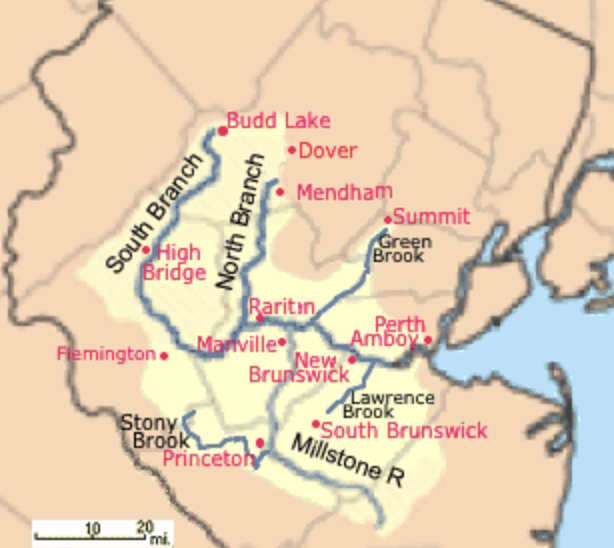
NWNL Today, Rutgers’ University is hosting its First Annual Sustainable Raritan River Symposium, bringing together stewards of the Upper and Lower Raritan Basins. Discussions here have highlighted obvious and big differences. The Upper Raritan where you work is rural and beautiful. The Lower Raritan has been scarred by heavy industry and its toxins. Do you coordinate your work in the Upper Raritan Watershed Association [hereafter, URWA] with that of Lower Raritan stewards and those living and working in this more developed and populous reach of this river?
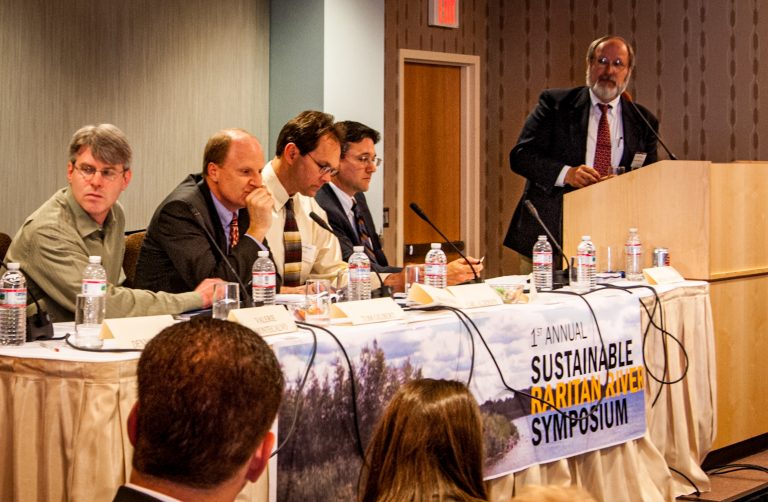
CINDY EHRENCLOU Upstream and downstream, we are all part of this Raritan-based alliance. But we haven’t worked as closely as we should have. I think the greatest value of this first all-Raritan Basin conference is to hear the other side.
Henry Patterson, Trustee of the NJ Water Supply Authority, calls the Raritan Basin “The Tale of Two Rivers,” since its upper reaches are so different from its lower reaches. URWA, representing the North Branch of the Raritan, has partnered closely with the South Branch Basin [to the west and south] and Stony Brook Basin [in the Hopewell-Princeton area]. But we don’t often see the folks further downstream in Edison or in the Raritan Bay. So, this has really been an educational day. It’s nice to be part of this Sustainable Raritan River conference.
NWNL Why has there been such a disconnect between the upper and lower reaches?
CINDY EHRENCLOU I’m new enough in my position to have noticed it right away. I don’t have any “history” with the downstream stewards sitting around the table. The upper and lower Raritan River Basin are geologically, geographically and demographically different – just as their land-use issues are so different.
Most of our problems in the Upper Basin are about nonpoint-source pollution from storm-water runoff carrying nutrients, pesticides and herbicides from agricultural use. Downstream in the lower end of the Raritan Basin, there are serious point-pollution problems discharged by specific polluters.
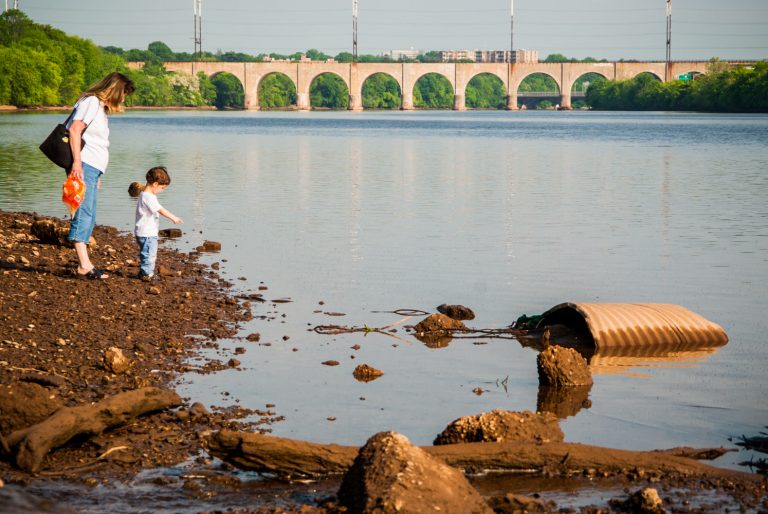
NWNL What specific pollutants are now slipping into the Upper Raritan River?
CINDY EHRENCLOU We deal with storm water runoff carrying road salt and farm applications of pesticides and herbicides. Additionally, we face some pollution by pharmaceuticals, but not as much as in more concentrated areas downstream.
Much of our outreach asks towns for ordinances to foster 1) protective buffer zones along the river, and 2) to start environmental education in the schools. We want towns’ environmental commissions to let people know what they can do to prevent these pollutants from ending up in the stormwater runoff.
NWNL Does most of the Upper Raritan’s pollution come from farms?
CINDY EHRENCLOU No, not in the Upper Raritan’s North Branch Basin. But farm pollution is a problem in the South Branch Basin. Pollutants here come more from chemicals people put on their lawns.
NWNL Is agricultural pollution in the North Branch lower because it is apt to use more organic farming?
CINDY EHRENCLOU No, we just don’t have as many farms. Our watershed drains parts of three counties, of which Hunterdon County has the most farming. So, while farm runoff is not as big an issue as it is in other watersheds, we do have agricultural use that could be friendlier to the environment.
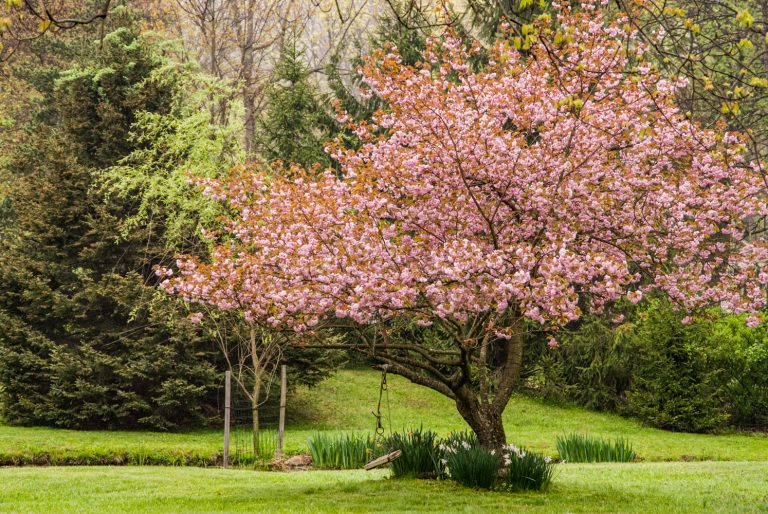
NWNL Are you trying to get people to stop using lawn fertilizers and herbicides?
CINDY EHRENCLOU We’re not stopping this usage, but we are certainly promoting restrictive ordinances in the towns. We do a lot of landowner outreach via pamphlets and education through our website. We participate in the River-Friendly programs of the New Jersey Water Supply Authority. We also ask landowners, golf courses and businesses to engage in those programs. There is also a farm program through the River-Friendly Program, but we don’t do much in that area because we don’t have many farms.
Our efforts start with the school kids. We also write letters and articles for community newsletters to raise citizen awareness. We have a “Wake-up Call Series,” which is a breakfast meeting for municipal officials and citizens to educate folks about issues like nonpoint-source pollution.
NWNL The question I’m asking all I’m interviewing today is whether significant lifestyle changes are needed in order to clean up the Raritan River?
CINDY EHRENCLOU Oh, yes. I think everybody needs to start taking responsibility in their own back yard. Each of us can make a difference. That’s why it’s so important we are not just working with policy makers. We must do on-the-ground education so people stop and think about how they’re behaving. We must help people connect our behavior between how we behave on the land and how that affects our water quality.
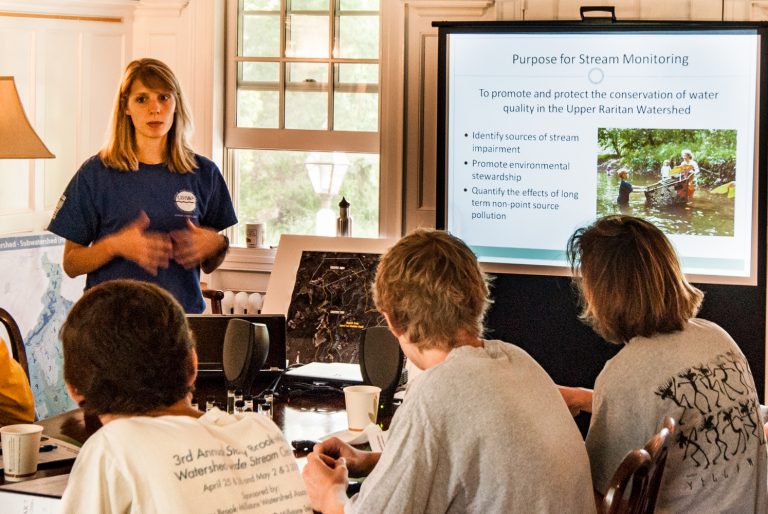
NWNL So, your main opposition to lawns is their great thirst?
CINDY EHRENCLOU Yes. People still like those “green carpets” and are conditioned to think everything must look neat and tidy. However, at URWA, we think that wildflower meadows and some of the “roughs” are very pretty. It’s a perception issue, and we’re encouraging people to get rid of turf lawns.
Obviously, we need some lawns for public access and around our homes, but we promote the beauty of letting things go more natural around our homes. That requires less water, pesticides and herbicides.
NWNL What are you doing to preserve upstream “open space,” which is a precious commodity in this watershed that is so heavily covered with impervious surfaces, particularly downstream.
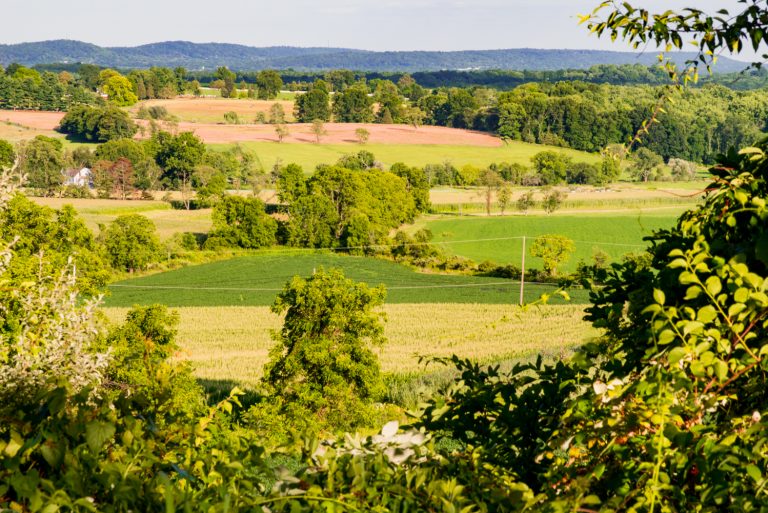
CINDY EHRENCLOU We think preserving land upstream is the best tool in the tool box to protect our water supplies. And of course, the Upper Raritan is lovely area where we can make that happen.
We have a Conservation Easement Program where folks can donate development rights. We continue our conservation partnership with those landowners who continue to own the land, monitoring our easement once a year. Thus, we become a resource for the landowner to learn best management practices. We answer their questions and discuss how they can be good conservationists.
We also participate in acquisition projects with other like-minded organizations, towns and counties, because it’s very expensive and thus hard for a nonprofit to come up with enough resources to buy property in New Jersey. So, if we get together, use our Green Acres funding, and partner with towns and counties, we can purchase critical properties to preserve.
[The Green Acres Program was created in 1961 to meet New Jersey’s growing recreation and conservation needs.]
As a watershed organization, we’re guided by our interest in protecting and enhancing our headwaters, tributaries and our Category 1 Streams. To address these priorities, we purchase properties that will protect our watershed with properly stewarded open spaces.
NWNL Cindy, thank you very much for sharing your time and views in the midst of this conference. This seems be a time of positive change for the Raritan River, so I wish you great success with all you do.
Posted by NWNL on August 18, 2021.
Transcription edited and condensed for clarity by Alison M. Jones.
All images © Alison M. Jones. All rights reserved.
